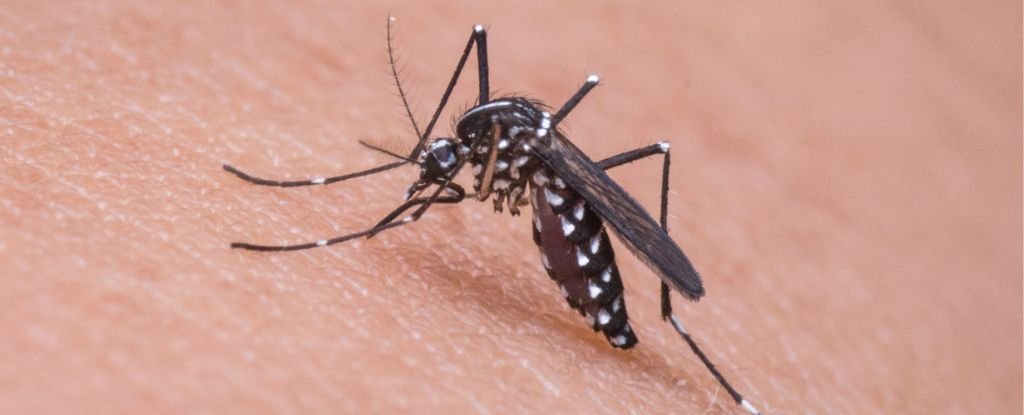There are more than a thousand different ways that climate change can cause outbreaks of infectious disease in humans, according to a new review.
When analyzing the literature on 375 human pathogens, researchers from the University of Hawaiʻi at Mānoa and the University of Wisconsin-Madison in the US found 58 percent of these diseases were, at some point in recorded history, aggravated by climate hazards.
That's 277 known diseases we need to watch for future outbreaks, and when you consider all the ways in which those pathogens can spread with climate change, the possibilities are overwhelming.
There are simply too many infections and too many modes of transmission for society to adapt to each of these threats at once. Instead, the researchers say, our best bet is to fight climate change at its source by significantly reducing our greenhouse gas emissions.
Human-driven climate change is already increasing the severity and frequency of climate hazards like heatwaves, wildfires, and flooding in many areas around the globe, often bringing a variety of organisms into closer contact with humans.
To gain a better sense of the size of the problem, the researchers combed Google Scholar for thousands of articles on climate change and infectious diseases known to impact human society, like Zika, malaria, dengue, influenza, and Ebola (to name just a few).
The team found 3,213 empirical examples in human history in which climate hazards were implicated in outbreaks of infectious disease.
All of these cases were related to 286 unique pathogens, and 277 of these were aggravated by at least one climate hazard.
The authors also identified 1,006 ways in which climate hazards can result in a disease outbreak.
Storms and floods, for instance, can cause displacements that bring humans into close contact with water-borne pathogens, like cholera. Fires and droughts can also push wild animals looking for shelter, water or food right into our houses, carrying their diseases with them.
Warming temperatures and precipitation can expand the range of a pathogen, extending the risks of bug-borne diseases like Lyme disease, dengue or malaria. Heatwaves also increase our contact with water as we attempt to keep cool and they have already been implicated in the rise of infections like gastroenteritis[.]
Similar processes also occur in the sea. In a warming ocean, for example, harmful algal blooms and diseases are much more common.
It's a lot to consider. And these are just the pathogens we know about. The COVID-19 pandemic has made it painfully clear that the more we interact with other species, the greater the risk of new diseases making the jump into humans.
Plus, as permafrost melts, ancient pathogens preserved in the icy Arctic could find their way into hosts who lack the immunity to deal with them.
"The successful emergence of pathogens frozen in time could be regarded as a 'Pandora's box', given the potentially large pool of pathogens accumulated over time and the extent to which these pathogens may be new to people," the authors of the current review write.
It's also possible that some pathogens will be strengthened by climate change. In a warming world, the life cycle of an infectious disease could very well accelerate, allowing for greater reproduction in a shorter space of time. If that pathogen spreads better in summer, then as the season expands, the risk of infection will also stick around for longer.
Scientists have already warned that climate change is making humans sicker. Allergies, skin disease, dehydration, and pregnancy complications are all associated with climate hazards, like heat waves, storms, or droughts.
It's unclear how the human body will cope if infectious disease outbreaks become more common in the future. As our immune system's defenses fall, our enemies seem to be strengthening, and we don't have time to fight them all.
At a critical juncture like this it's worth remembering: We are only as healthy as the world we live in.
The study was published in Nature Climate Change.
- Karlston
-

 1
1



Recommended Comments
There are no comments to display.
Join the conversation
You can post now and register later. If you have an account, sign in now to post with your account.
Note: Your post will require moderator approval before it will be visible.